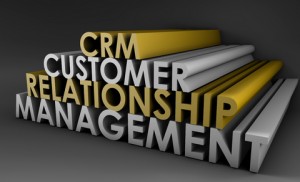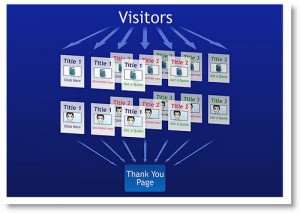Overlooked Features of Marketing Automation
 Marketing automation is a complex strategy that has been proven to capture and convert more leads than traditional marketing. The main feature of using marketing automation software is greater lead conversion however there are countless other benefits that will come from using it. This article will discuss the many valuable features of marketing automation that are often overlooked.
Marketing automation is a complex strategy that has been proven to capture and convert more leads than traditional marketing. The main feature of using marketing automation software is greater lead conversion however there are countless other benefits that will come from using it. This article will discuss the many valuable features of marketing automation that are often overlooked.
Lead Tracking and Profiling
Website visitor tracking is one of the most valuable features of marketing automation because it provides a greater insight into each potential lead. The overlooked feature associated with website visitor tracking is lead profiling. Website visitor tracking develops a comprehensive profile of each leads’ behavioral characteristics. It also allows for demographic characteristics to be captured and retain using online registrations. Sales is inherently based on relationship building and lead profiling gives you a synopsis of how the lead thinks, what they are researching, where they are in their buying process, and ultimately, how interested they are in making a purchase. It is easier to connect and build a relationship with a lead once you are able to understand how they think and what they need.
Lead Segmenting and Nurturing
The information gathered in profiling creates two other overlooked feature of marketing automation; lead segmentation and lead nurturing. Marketing automation strategists will use this information to divide leads into groups based on similar characteristics. Once leads are grouped into segments, customized content can be created to address the needs of each lead segment. The ability to customize and personalize content based on the lead’s profile will strengthen the relationship by creating an even stronger connection. Consumers feel that someone real is listening and responding to their concerns when they receive relevant and informative content.
Lead Qualification and Quick Conversion
Another overlooked feature of marketing automation that also comes from lead profiling is lead qualification. Once a profile is established it can be instantly ranked and compared against profiles of existing clients to determine the likelihood of conversion. Although a higher conversion rate is the most known feature of marketing automation, the speed at which it can be accomplished is the last overlooked feature. Your sales staff will be notified the moment a lead is qualified and they can respond while the potential customers is actively researching your website. This will allow your sales team to catch customers before they move onto a competitor. Marketing automation has numerous features and benefits, but they all work towards the same goal; lead conversion. It provides the tools for understanding and nurturing your leads, and then notifies your sales team the moment that the lead is ready to make a purchase.











